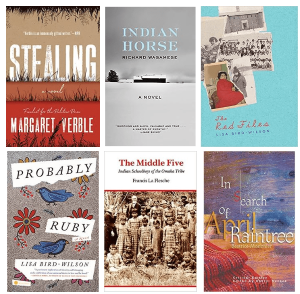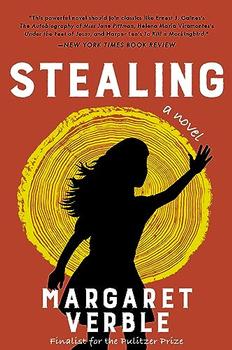Summary | Excerpt | Reading Guide | Discuss | Reviews | Beyond the book | Read-Alikes | Genres & Themes | Author Bio

A Novel
by Mona Susan PowerThe long-awaited, profoundly moving, and unforgettable new novel from PEN Award–winning Native American author Mona Susan Power, spanning three generations of Yanktonai Dakota women from the 19th century to the present day.
From the mid-century metropolis of Chicago to the windswept ancestral lands of the Dakota people, to the bleak and brutal Indian boarding schools, A Council of Dolls is the story of three women, told in part through the stories of the dolls they carried….
Sissy, born 1961: Sissy's relationship with her beautiful and volatile mother is difficult, even dangerous, but her life is also filled with beautiful things, including a new Christmas present, a doll called Ethel. Ethel whispers advice and kindness in Sissy's ear, and in one especially terrifying moment, maybe even saves Sissy's life.
Lillian, born 1925: Born in her ancestral lands in a time of terrible change, Lillian clings to her sister, Blanche, and her doll, Mae. When the sisters are forced to attend an "Indian school" far from their home, Blanche refuses to be cowed by the school's abusive nuns. But when tragedy strikes the sisters, the doll Mae finds her way to defend the girls.
Cora, born 1888: Though she was born into the brutal legacy of the "Indian Wars," Cora isn't afraid of the white men who remove her to a school across the country to be "civilized." When teachers burn her beloved buckskin and beaded doll Winona, Cora discovers that the spirit of Winona may not be entirely lost…
A modern masterpiece, A Council of Dolls is gorgeous, quietly devastating, and ultimately hopeful, shining a light on the echoing damage wrought by Indian boarding schools, and the historical massacres of Indigenous people. With stunning prose, Mona Susan Power weaves a spell of love and healing that comes alive on the page.
Beautiful prose, profound sentences and a well-woven story. This is a must read (Karna B). Power's writing is pure poetry. At the heart of this novel is her belief that language itself is power (Janice P). The childhood dolls of each of the women inform and enhance their stories in a most surprising and marvelous way. Although all of the other characters are important to adding dimension to this book, Ethel, Mae and Winona are essential to making this a unique novel that I will never forget! (Jeanne P)...continued
Full Review
 (562 words)
(562 words)
(Reviewed by First Impressions Reviewers).
 Recent years have seen increased awareness of the ongoing trauma created by historical residential schools for Native children in North America, which were operated by government bodies and churches beginning in approximately the mid-1800s, and lasting until the 1960s in the United States and the 1990s in Canada. Hundreds of thousands of children were forcibly removed from their families and taken to these institutions, where they were subject to mistreatment and abuse, including being stripped of their cultural practices and languages. In 2021, the buried bodies of 215 children were found at Kamloops Indian Residential School in British Columbia, prompting new mainstream consciousness of the scope and severity of this historical ...
Recent years have seen increased awareness of the ongoing trauma created by historical residential schools for Native children in North America, which were operated by government bodies and churches beginning in approximately the mid-1800s, and lasting until the 1960s in the United States and the 1990s in Canada. Hundreds of thousands of children were forcibly removed from their families and taken to these institutions, where they were subject to mistreatment and abuse, including being stripped of their cultural practices and languages. In 2021, the buried bodies of 215 children were found at Kamloops Indian Residential School in British Columbia, prompting new mainstream consciousness of the scope and severity of this historical ...

If you liked A Council of Dolls, try these:

by Rachel Eliza Griffiths
Published 2024
Two Black sisters growing up in small-town New England fight to protect their home, their bodies, and their dreams as the Civil Rights Movement sweeps the nation in this "magical, magnificent novel" (Marlon James) from "a startlingly fresh voice" (Jacqueline Woodson).

by Margaret Verble
Published 2024
A gripping, gut-punch of a novel about a Cherokee child removed from her family and sent to a Christian boarding school in the 1950s—an ambitious, eye-opening reckoning of history and small-town prejudices from Pulitzer Prize finalist Margaret Verble.